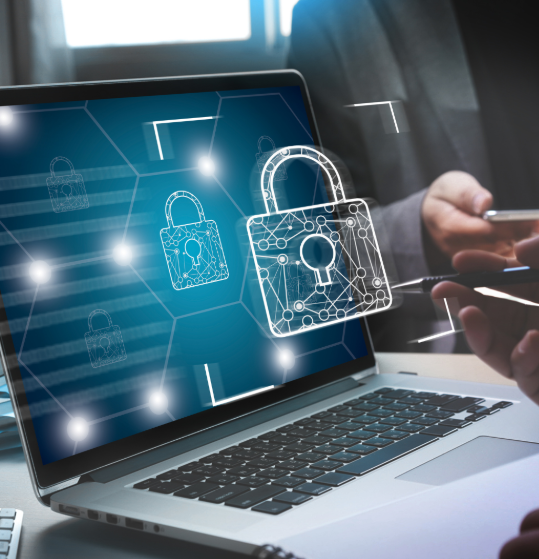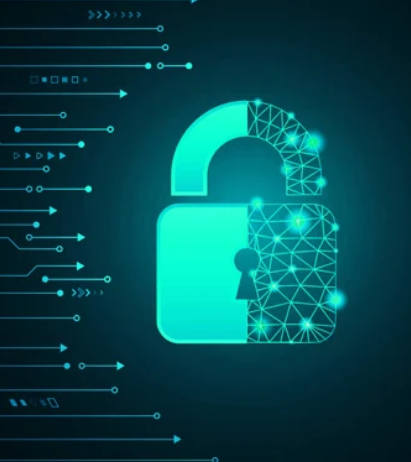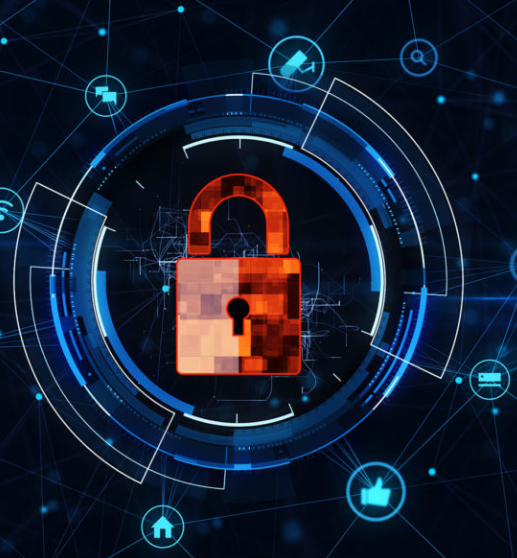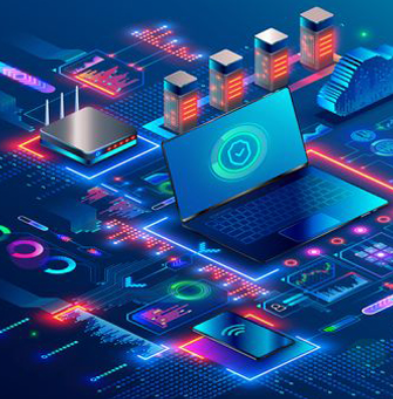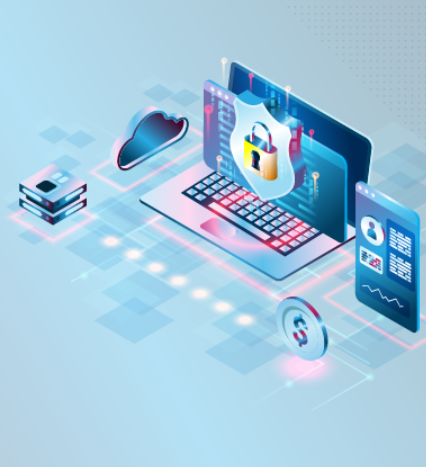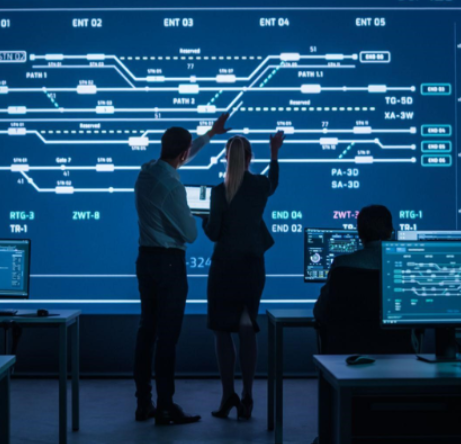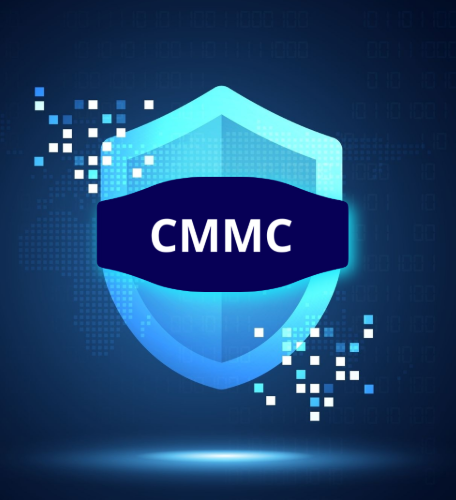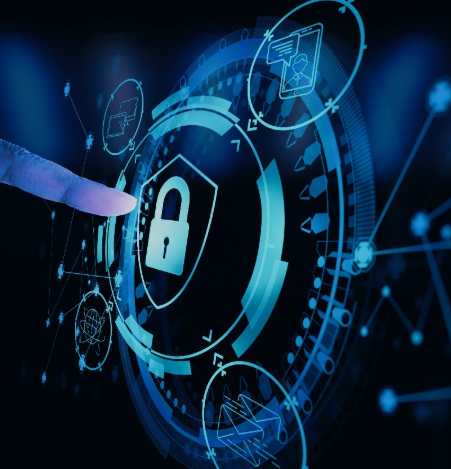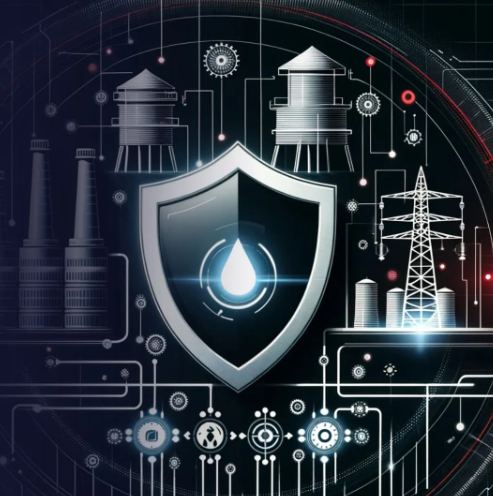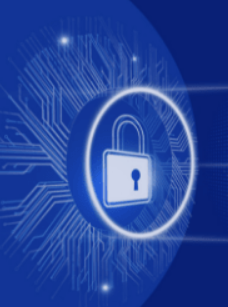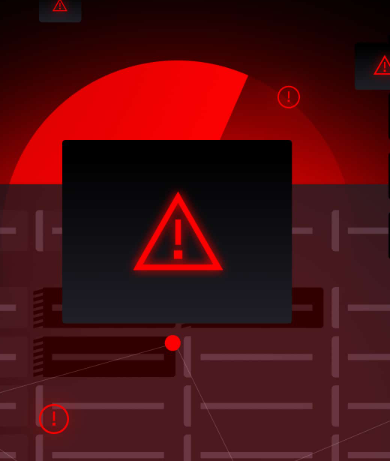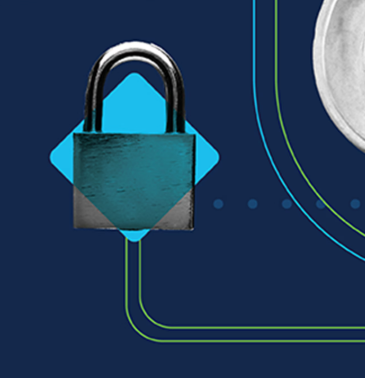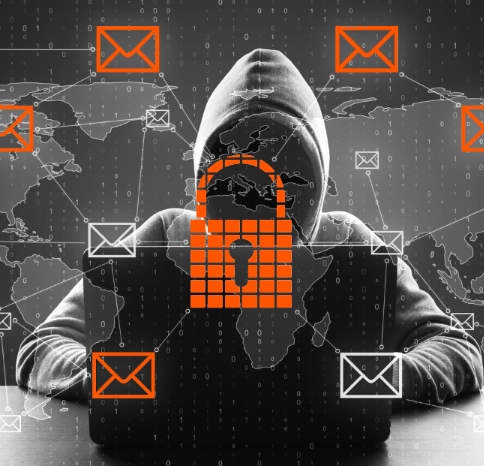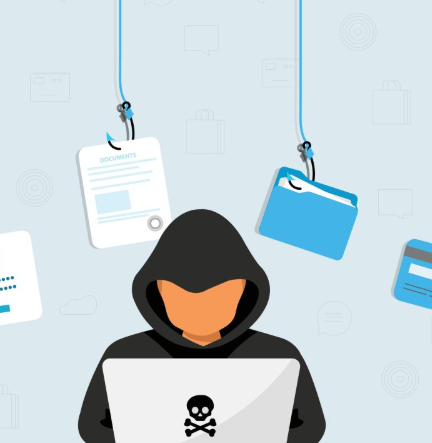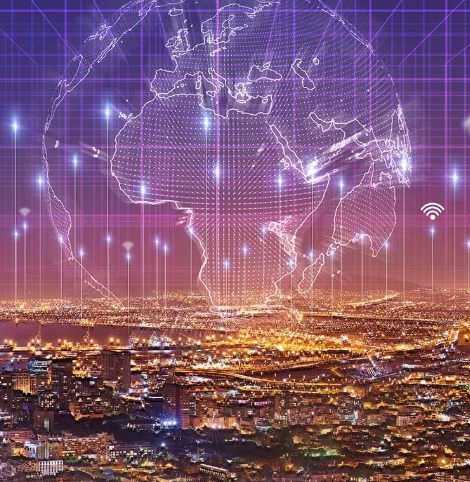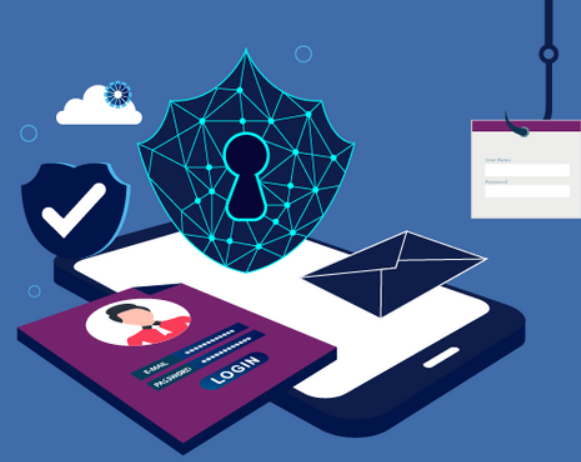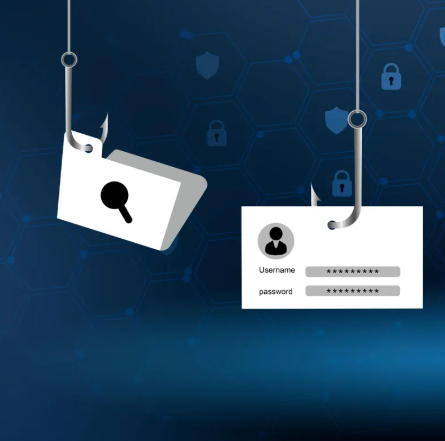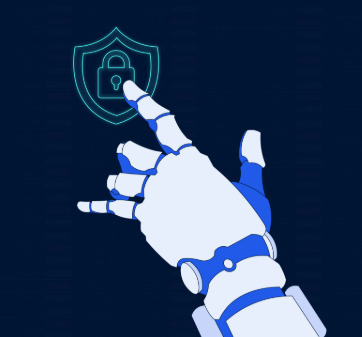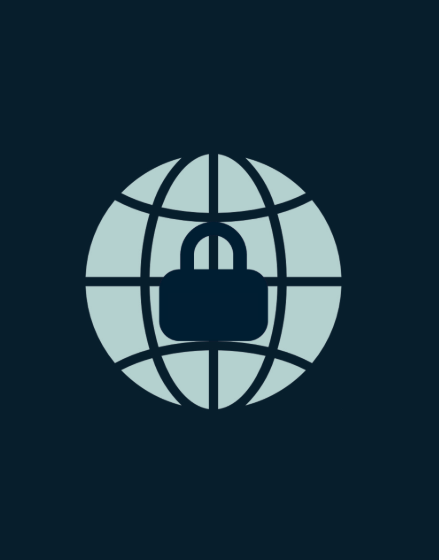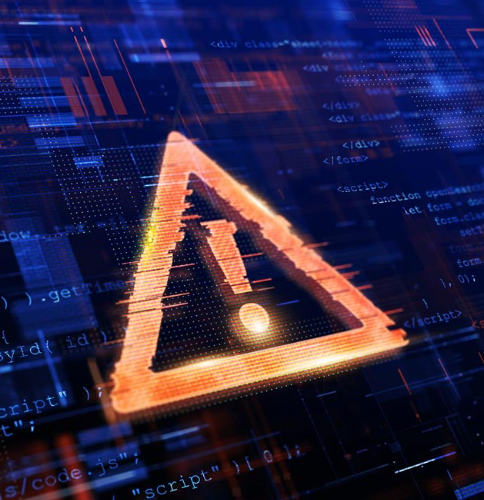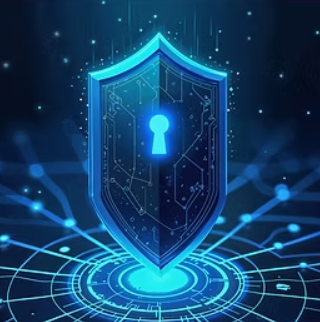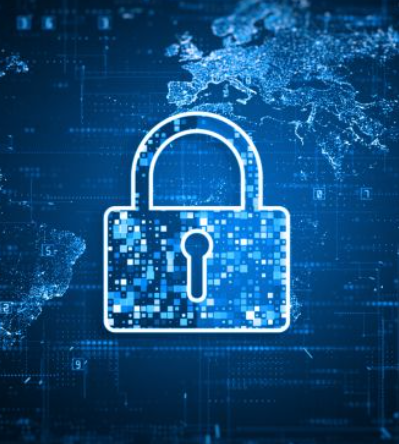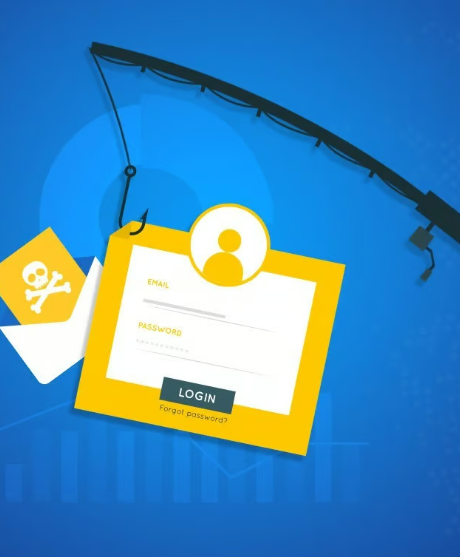
Public utilities, such as those providing electricity, water, and gas, are integral to modern society. However, their critical nature also makes them attractive targets for cyberattacks. Managed Detection and Response (MDR) services offer a powerful solution for public utilities to strengthen cybersecurity, providing real-time threat detection, proactive responses, and ongoing monitoring. By utilizing MDR, utilities can safeguard their infrastructure and maintain continuous, reliable service.
Cybersecurity Challenges in the Utility Sector
Public utilities face unique challenges when it comes to cybersecurity due to the complexity and interconnectivity of their systems. Cybercriminals frequently target weaknesses in operational technology (OT) networks, aiming to disrupt services or steal sensitive data. Moreover, outdated systems and a lack of proper monitoring can leave utilities vulnerable to advanced cyber threats, including ransomware and attacks from nation-state actors.
Did You Know?
Cyberattacks on public utilities surged by 35% in 2023, underscoring the urgent need for comprehensive security measures.
How MDR Improves Security for Public Utilities
1. Continuous Threat Detection
MDR solutions provide around-the-clock monitoring, ensuring that potential threats are identified as soon as they arise. Real-time detection minimizes the time attackers have to cause harm.
2. Quick Incident Response
With predefined response workflows and expert analysts, MDR services act swiftly to handle incidents, reducing downtime and preventing threats from escalating.
3. Advanced Threat Intelligence
MDR services use global threat intelligence to stay ahead of emerging risks, ensuring that utilities are prepared for new attack strategies and vulnerabilities.
4. Comprehensive Network Visibility
MDR solutions offer valuable insights into both OT and IT systems, enabling utilities to monitor network activity effectively and spot any suspicious behavior.
5. Flexibility and Scalability
Public utilities operate across vast networks with diverse systems. MDR services are adaptable, ensuring that each utility gets tailored protection that meets its specific needs.
Benefits of MDR for Public Utilities
1. Minimized Service Disruptions
Quick threat detection and response help ensure uninterrupted services, even during cyber incidents.
2. Enhanced Regulatory Compliance
MDR services assist utilities in meeting cybersecurity standards and regulatory requirements, helping them avoid penalties and legal risks.
3. Cost Efficiency
By preventing breaches and speeding up response times, MDR solutions can significantly reduce the financial impact of cyberattacks.
4. Increased Customer Confidence
Strong security practices reinforce trust among customers and stakeholders, supporting the utility’s reputation for reliability and safety.
Steps to Implement MDR in Public Utilities
To successfully implement MDR in a public utility, consider these steps:
- Assess Current Security: Begin by evaluating your existing cybersecurity infrastructure to identify vulnerabilities and gaps.
- Choose a Trusted MDR Provider: Partner with an experienced provider, such as BitLyft AIR®, to ensure smooth integration and expert support.
- Integrate OT and IT Security: Ensure that MDR services cover both your operational technology and information technology systems for comprehensive protection.
- Monitor and Update: Regularly assess and adjust your MDR strategies to keep pace with evolving threats and business needs.
By adopting MDR solutions, public utilities can significantly enhance their security posture, protect against cyber threats, and ensure the reliability of essential services.



